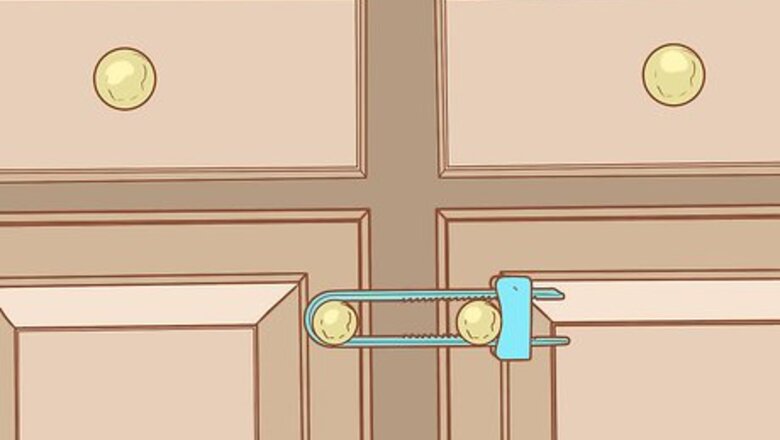
views
X
Trustworthy Source
American Kennel Club
The American Kennel Club (AKC) is a purebred dog pedigree registry in the United States. The AKC advocates for the responsible ownership of dogs and promotes purebred dog events, such as the Westminster Dog Show.
Go to source
Adopting or purchasing a new Shih Tzu puppy is an alluring and exciting prospect, but you should know some basic principles and guidelines for caring for this toy breed before you take one into your home. Learn how much exercise you should be prepared to give your new pup, as well as what kind of food, bedding, grooming provisions, and training you’ll need to provide.
Preparing a Safe and Welcoming Household
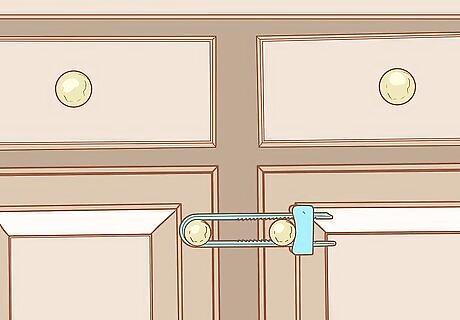
Puppy-proof your home. Your new Shih Tzu will be a curious little canine with no sense of boundaries, so you’ll have to make sure your home is an appropriate and safe place for such a playful and inquisitive new inhabitant. Place all shoes and chewable items out of reach, install locks on cabinets containing harmful household chemicals, and bundle up and remove any exposed cords which could look like tempting chew toys. Also, ask that everyone in the house keep closet and outer doors closed when your new dog arrives so that it can’t get into any mischief or accidentally escape your home. You might know to keep bags of dog kibble tucked into locked cabinets or bins, but don’t forget that dogs—and especially puppies—are attracted to people foods as well! Don’t leave half-eaten bags of chips or candy out, and make sure that all kitchen items are stored out of reach from your canine companion. Dried fruit, chocolate, and allium vegetables like onions and garlic are particularly harmful to dogs, so be especially careful with these items.
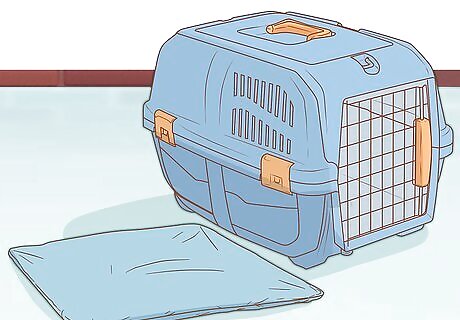
Purchase a crate and bedding. Your new puppy needs a crate for many reasons. First of all, it will present them with a warm, safe “den” which they can retreat to when feeling tired, overwhelmed, or anxious. Secondly, it will help you to potty-train a breed known for being somewhat difficult when it comes to housebreaking. Make the crate an appealing place before your puppy’s arrival by installing a comfortable bed, chew toys, and a few treats inside. You should select a well-ventilated crate big enough to allow your dog to stand up, turn around, and lay down when it reaches full adult size. For an average Shih Tzu, expect an adult height of eight to eleven inches to the shoulder and weight of 9-16 pounds. Never leave a puppy younger than six months old in the crate for more than three to four hours at a time, and don’t ever use the crate as punishment. If you do, the puppy will associate the crate with negative emotions and will no longer perceive it as a restful, secure space.
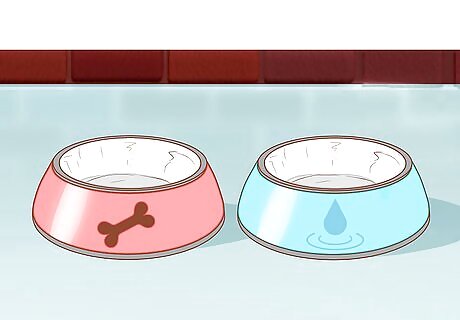
Buy stainless steel food and water dishes. You should have food and water available to your new puppy the minute it enters the home, so make sure you purchase a set of dog bowls ahead of time. While you can find any number of ceramic or stoneware bowls on the market, stainless steel is your best option. It's dishwasher-safe, durable, and untainted with any lead-based paints or glazes. When you first bring your puppy home, you might want to feed it the food its shelter or breeder was feeding in order to ease the transition.
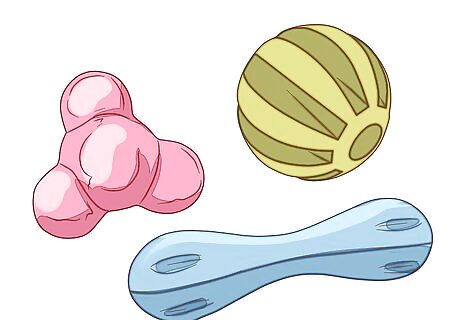
Stock your home with chew toys. Shih Tzu puppies can go through particularly rough teething periods, so you’ll want to make this temporary phase as painless and damage-free as possible. Provide plenty of hard rubber toys so that your dog won’t take its teething frustration out on furniture and household items, and purchase special freezable toys in order to alleviate the pain of swollen gums. Avoid chewables like rawhide and bones, as these can splinter and be swallowed by your hapless pup.
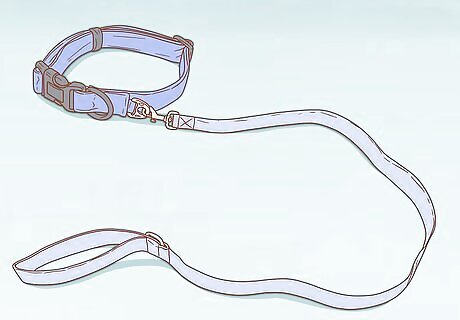
Make sure you have an appropriately sized collar and leash. Even at full size, your Shih Tzu won’t be powerful enough to break away from an average leash, but you should still make sure that your walking supplies are sturdy and safe. Measure your puppy’s neck and get a collar which can be adjusted as the dog grows. Avoid choke-chains and collars with rings or other details which could snag on your puppy’s teeth and present a choking hazard.
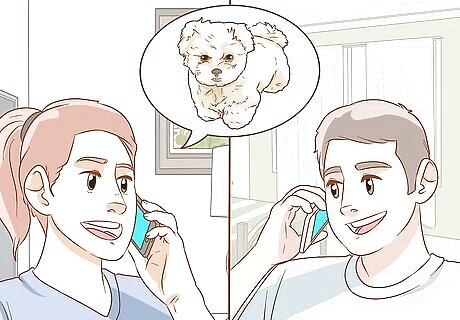
Contact your breeder or shelter about your new puppy’s background. Whether you’re adopting from a shelter or purchasing from a breeder or pet store, you should obtain the proper records verifying your dog’s health, history, and any other relevant documentation like spay/neuter certification. You should also ask a shelter or store employee for any behavioral issues or history of abuse which could impact how you bring the animal into your home. For example, if you find out from the shelter that your puppy had a bad experience in an abusive or otherwise volatile foster home, you should take special pains to make your puppy’s transition peaceful and low-key. Keep music and household traffic to a minimum, and make sure your puppy’s crate sits in a dark room removed from outside disruptions and noise.
Establishing a Healthy Routine

Take your puppy to the vet for a wellness exam and vaccinations. You probably can't wait to take your new puppy home and start playing, but make sure you go to your local veterinarian first in order to get a check-up and vaccinations. Rabies, distemper, parvovirus, and canine hepatitis vaccines are all non-negotiable, and you should ask your vet if they recommend any additional vaccines, such as those for kennel cough or Lyme diseases. The wellness exam is particularly important if you purchased your puppy from a breeder, as most breeder contracts include this initial visit in your purchase as long as you do it within the first three days of ownership.

Sign your puppy up for pet health insurance. Many people think that health insurance is only something to think about for people, but, in fact, it’s wise to ensure your pet just as you would any family member. After all, veterinary costs can pile up quickly, leaving you with a hefty bill for your pint-sized pup. And, while puppies tend to suffer from fewer health problems than older dogs, the costs of covering your Shih Tzu when it’s older will be higher than starting a policy now. Most plans such as that offered by the ASPCA will cover illness and injury, but you can purchase additional coverage which can address genetic disorders, routine health care, or behavioral problems.
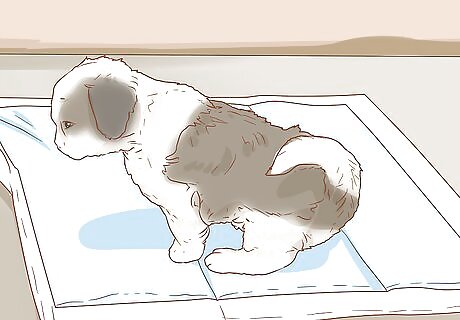
Start potty-training immediately. Shih Tzus can be difficult to housebreak, so you should start teaching proper potty procedures as soon as you bring your puppy into your home. Do this by covering specific areas in a newspaper or disposable “piddle-pads” and praising the puppy when it pees or poops in these prescribed areas. Stay close when you go outside in order to praise the puppy when it does its business outdoors. When it’s time for bed or you need to leave the puppy unsupervised for a short amount of time, put the puppy in its crate. If your crate is too large, you’ll have a harder time crate training and housebreaking your puppy. A puppy is unlikely to soil its sleeping area, but, if it can get up and walk away from the bed, it won’t be so particular about making a mistake.
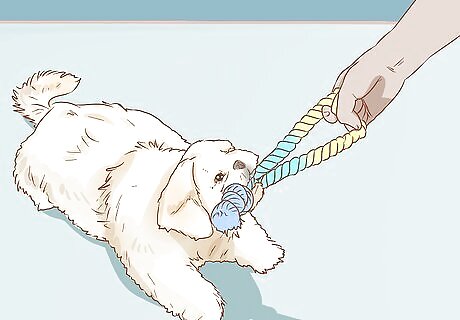
Stay active with plenty of play time. Shih Tzus don’t need much outdoor exercise a day, as they’re small enough to get most of their daily exercise quota running around the house and furniture. That being said, you should play fetch, tug-of-war, and other fun games with your puppy in order to keep them engaged and healthy. You should also take your puppy on at least one brief walk per day. This lets your puppy sniff around and see the exciting world outside of your apartment or home, as well as get them used to diverse sounds and smells to which they wouldn’t normally be exposed.

Train and socialize by the twelve-week mark. Shih Tzus can be stubborn and slow learners if you wait too long to start training and socializing them, so get them into doggy kindergarten classes by ten- to twelve-weeks old. Take them to dog parks as soon as they can walk comfortably on the leash so that they'll tolerate other canine and human company without displaying troublesome behaviors like barking, jumping, and nipping. Make sure you do this only after your puppy has received all the necessary vaccinations in order to avoid catching any bugs from other dogs.
Feeding and Grooming Your Puppy
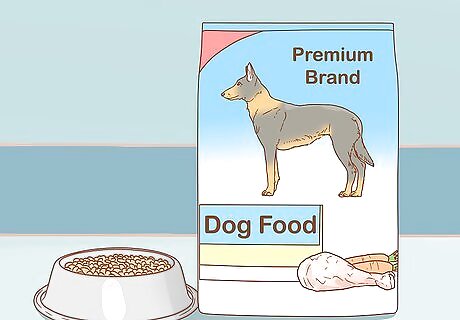
Pick a premium brand of dog food. Once your puppy has become acclimated to its new home, you should select a premium brand of dog kibble with multiple sources of protein for its daily diet. Look for good ingredients like fresh chicken, duck, egg, pea flour, oats, and rice, and avoid problematic ones like cereals, propylene glycol, corn, and animal fat. Due to their household status as a family member and lapdog, Shih Tzus are particularly prone to fussy eating habits. If you give your puppy even a little bit of food from the table, it will quickly become accustomed to people food and reject its kibble. You can avoid these bad habits by never giving your puppy scraps and discouraging begging behaviors.
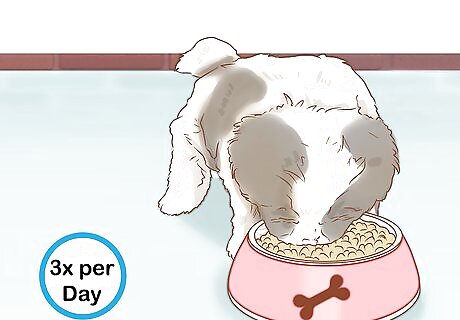
Feed your puppy three times a day. Even if your puppy doesn’t seem to overeat or have a developing weight problem, you should feed at prescribed times during the day rather than leaving the food bowl down. This will help to establish a healthy routine as well as prevent fussy eating habits. You can—and should!—give your puppy treats in order to reward good behavior, but make sure these treats are small. This way they won’t interfere with your puppy’s meals and feeding schedule. Consider using individual kernels of your dog’s ordinary kibble and your puppy will be less likely to develop problematic preferences.
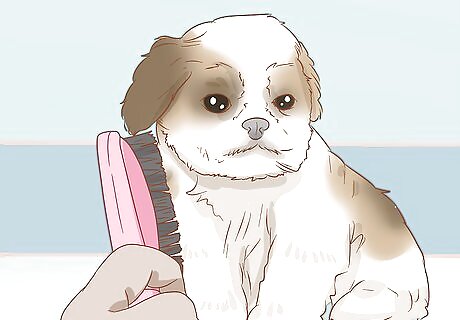
Brush your puppy daily and take it for professional grooming monthly. Brushing and cleaning a puppy will only take a few minutes, but it’s important not to skip as it gets them accustomed to the sensations and routine of grooming. Use a mixed bristle and nylon brush to thoroughly comb through its coat and a small pair of scissors to trim long outgrowths or facial fur that impedes vision. If you keep up with this brushing regimen, you can wait for intervals of four to six weeks between trips to the professional groomer. Unless you’re trying to raise a show dog, you’ll probably want to give your dog what’s called a puppy cut; that is, a short, all-over style that trims your dog’s coat to one to two inches. You can choose to grow your Shih Tzu’s coat long like show dogs, but be prepared for more demanding grooming commitments.



















Comments
0 comment